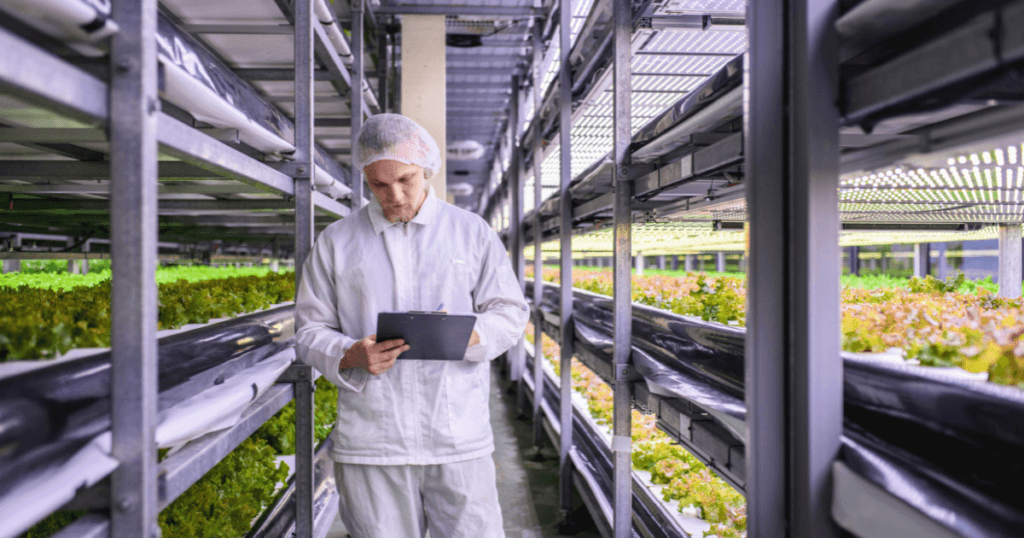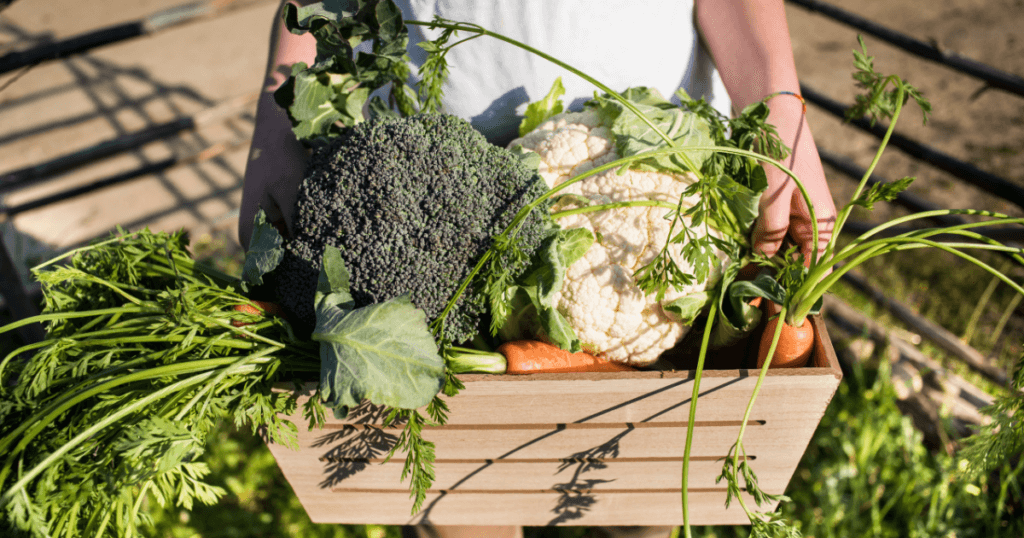Ebb and Flow (Flood and Drain) System Explained
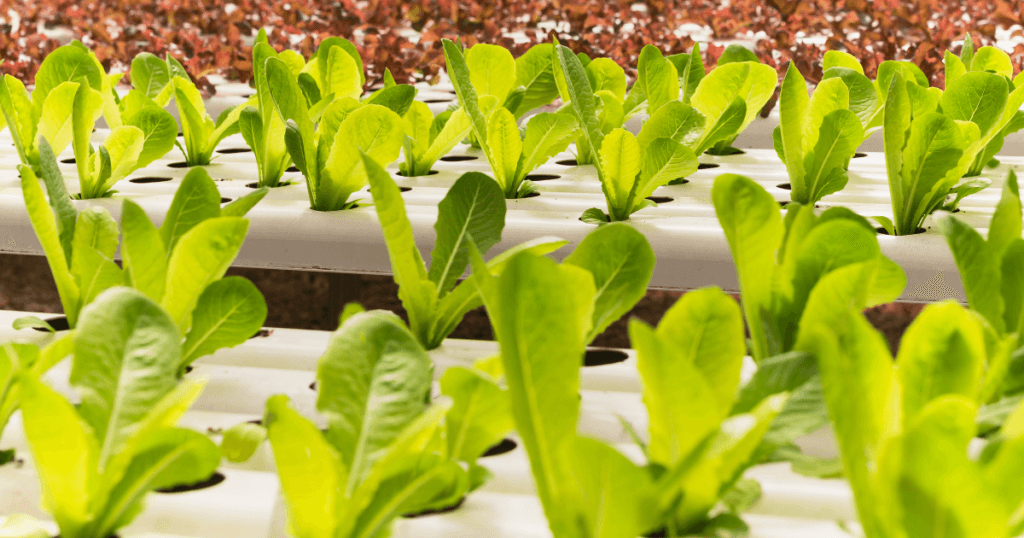
Welcome to our comprehensive guide on the Ebb and Flow (Flood and Drain) system, a popular hydroponic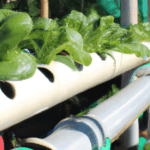 A soilless cultivation method where plants are grown in nutr... More technique in modern agriculture. In this article, we will delve into the details of this system, its benefits, and how it works. Whether you’re a seasoned grower or a curious beginner, understanding the ebb and flow systemA hydroponic system where nutrient-rich water periodically f... More will empower you to optimize plant growth and maximize yields. Let’s dive in!
A soilless cultivation method where plants are grown in nutr... More technique in modern agriculture. In this article, we will delve into the details of this system, its benefits, and how it works. Whether you’re a seasoned grower or a curious beginner, understanding the ebb and flow systemA hydroponic system where nutrient-rich water periodically f... More will empower you to optimize plant growth and maximize yields. Let’s dive in!
Table of Contents
What is the Ebb and Flow System?
The Ebb and Flow systemA hydroponic system where nutrient-rich water periodically f... More, also known as the Flood and Drain system, is a hydroponic A soilless cultivation method where plants are grown in nutr... More method that provides plants with a periodic ebb and flow of nutrient-rich water. This technique utilizes a tray or a container where plants are placed, allowing them to absorb nutrients and water from the flood cycle. The water then recedes during the ebb phase, allowing the roots to receive oxygen and preventing waterlogging.
A soilless cultivation method where plants are grown in nutr... More method that provides plants with a periodic ebb and flow of nutrient-rich water. This technique utilizes a tray or a container where plants are placed, allowing them to absorb nutrients and water from the flood cycle. The water then recedes during the ebb phase, allowing the roots to receive oxygen and preventing waterlogging.
How Does the Ebb and Flow System Work?
The Setup
To implement the Ebb and Flow systemA hydroponic system where nutrient-rich water periodically f... More, you will need a few key components:
- Growing Tray or Container: This is where the plants are positioned and flooded with a nutrient solutionA balanced mixture of essential nutrients dissolved in water... More during the flood cycle.
- Submersible Pump: The pump is responsible for filling the growing tray with the nutrient solutionA balanced mixture of essential nutrients dissolved in water... More.
- Timer: A timer controls the pump, regulating the flood and ebb cycles.
- Overflow Drain: An overflow drain prevents the growing tray from overfilling, maintaining the correct water level.
The Flood Cycle
During the flood cycle, the submersible pump is activated by the timer. The nutrient solutionA balanced mixture of essential nutrients dissolved in water... More is pumped into the growing tray, allowing the roots to absorb the water and nutrients they need for growth. The flood cycle typically lasts for a predetermined period, depending on the specific requirements of the cultivated plants.
The Ebb Cycle
After the flood cycle, the pump shuts off, and the water begins to recede. This allows the excess water to drain back into the reservoirA container that holds the nutrient solution in hydroponic s... More or a separate collection system. Air is drawn into the growing medium as the water level decreases, providing oxygen to the roots. This oxygenation prevents root rot and enhances the overall health of the plants.
Benefits of the Ebb and Flow System
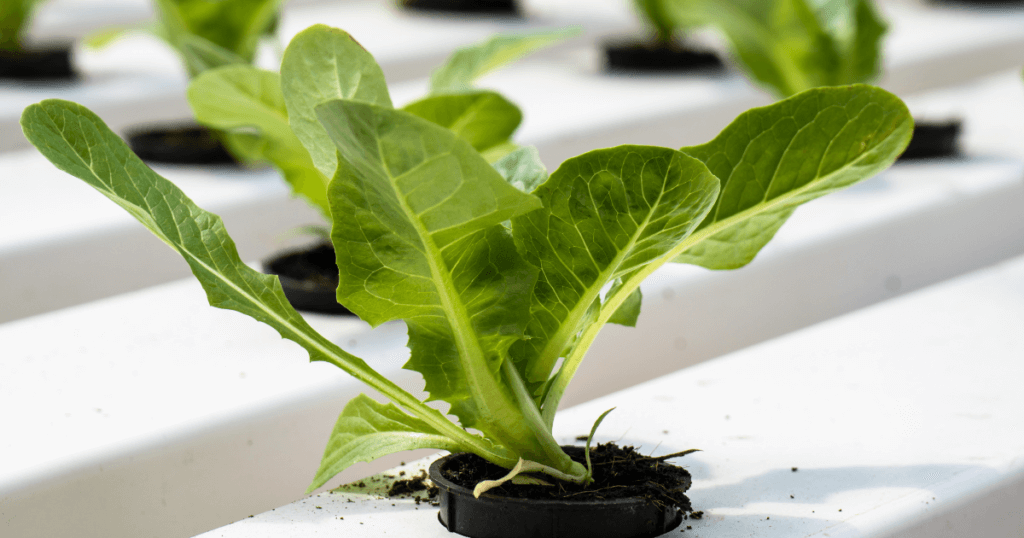
The Ebb and Flow systemA hydroponic system where nutrient-rich water periodically f... More offers numerous advantages for commercial growers and hobbyists. Let’s explore some of the key benefits:
1. Enhanced Nutrient Absorption
The periodic flooding and draining of the growing tray in the Ebb and Flow systemA hydroponic system where nutrient-rich water periodically f... More ensure that plants receive a fresh supply of nutrient-rich water during each flood cycle. This promotes efficient nutrient absorption by the roots, resulting in robust growth and healthy plants.
2. Oxygenation and Aeration
The ebb cycle in the system allows the roots to access oxygen, preventing the suffocation of root cells. Oxygenation enhances nutrient uptake, promotes microbial activity in the root zoneThe area of soil, growing medium, or hydroponic system where... More, and improves plant health.
3. Efficient Water Usage
Unlike traditional soil-based cultivation, the Ebb and Flow systemA hydroponic system where nutrient-rich water periodically f... More optimizes water usage. The ability to recycle and reuse the nutrient solutionA balanced mixture of essential nutrients dissolved in water... More reduces water waste, making this system environmentally friendly and cost-effective.
4. Disease and Pest Control
The Ebb and Flow systemA hydroponic system where nutrient-rich water periodically f... More discourages stagnant water by periodically draining the growing tray, reducing the risk of disease and pest infestations. Additionally, the controlled environment in hydroponics A soilless cultivation method where plants are grown in nutr... More minimizes the need for pesticides, promoting cleaner and healthier produce.
A soilless cultivation method where plants are grown in nutr... More minimizes the need for pesticides, promoting cleaner and healthier produce.
5. Versatility and Scalability
The Ebb and Flow systemA hydroponic system where nutrient-rich water periodically f... More can accommodate various plant species, making it versatile for multiple crops, including leafy greens, herbs, and flowering plants. Additionally, this system is easily scalable, allowing growers to expand their operations as needed.
Implementing the Ebb and Flow System
Step 1: Setting up the Growing Tray
Choose a suitable growing tray or container to hold the desired number of plants. Ensure that it has sufficient drainage holes and is compatible with the size of your pump and timer.
Step 2: Placing the Submersible Pump
Position the submersible pump in the reservoirA container that holds the nutrient solution in hydroponic s... More or nutrient solutionA balanced mixture of essential nutrients dissolved in water... More container. Connect the pump to the timer and the overflow drain. Test the pump to ensure proper functionality.
Step 3: Installing the Timer
Install the timer according to the manufacturer’s instructions. Set the desired flood and ebb intervals based on the specific requirements of your plants. It’s important to find the right balance to avoid overwatering or underwatering.
Step 4: Arranging the Growing Medium and Plants
Fill the growing tray with an appropriate hydroponic A soilless cultivation method where plants are grown in nutr... More growing medium such as clay pellets, coco coir, or rockwool cubes. Place your plants in the growing medium, ensuring proper spacing for healthy root development.
A soilless cultivation method where plants are grown in nutr... More growing medium such as clay pellets, coco coir, or rockwool cubes. Place your plants in the growing medium, ensuring proper spacing for healthy root development.
Step 5: Nutrient Solution Management
Prepare the nutrient solutionA balanced mixture of essential nutrients dissolved in water... More according to the manufacturer’s instructions or the specific requirements of your plants. Monitor and maintain the pHA measurement scale ranging from 0 to 14 indicates the acidi... More and nutrient levels to ensure optimal plant growth.
Step 6: Monitor and Adjust
Monitor the system for clogged drains, pump malfunctions, or pHA measurement scale ranging from 0 to 14 indicates the acidi... More imbalances. Adjust the flood and ebb cycles, nutrient solutionA balanced mixture of essential nutrients dissolved in water... More strength, and pHA measurement scale ranging from 0 to 14 indicates the acidi... More levels to address plant-specific requirements.
Conclusion
The Ebb and Flow (Flood and Drain) system is a versatile hydroponic A soilless cultivation method where plants are grown in nutr... More technique that provides plants with periodic flooding and draining cycles, optimizing nutrient absorption and promoting robust growth. With enhanced oxygenation, efficient water usage, disease control, and scalability, this system offers a sustainable and effective solution for modern agriculture. Whether you’re a commercial grower or an enthusiastic hobbyist, consider implementing the Ebb and Flow systemA hydroponic system where nutrient-rich water periodically f... More to unlock the full potential of your crops.
A soilless cultivation method where plants are grown in nutr... More technique that provides plants with periodic flooding and draining cycles, optimizing nutrient absorption and promoting robust growth. With enhanced oxygenation, efficient water usage, disease control, and scalability, this system offers a sustainable and effective solution for modern agriculture. Whether you’re a commercial grower or an enthusiastic hobbyist, consider implementing the Ebb and Flow systemA hydroponic system where nutrient-rich water periodically f... More to unlock the full potential of your crops.
Frequently Asked Questions – Ebb and Flow Indoor Farming
Q: What is ebb and flow indoor farming?
A: Ebb and flow, also known as flood and drain, is a hydroponic A soilless cultivation method where plants are grown in nutr... More system for indoor farming. It involves periodically flooding the plant roots with nutrient-rich water and then draining it away.
A soilless cultivation method where plants are grown in nutr... More system for indoor farming. It involves periodically flooding the plant roots with nutrient-rich water and then draining it away.
Q: How does the ebb and flow system work?
A: In an ebb and flow systemA hydroponic system where nutrient-rich water periodically f... More:
- Plants are placed in a grow tray or containers with a growing medium.
- A submersible pump floods the tray with nutrient solutionA balanced mixture of essential nutrients dissolved in water... More, which saturates the growing medium and provides nutrients to the plants.
- After a set period, the pump switches off, and the solution drains back into a reservoirA container that holds the nutrient solution in hydroponic s... More, allowing the roots to access oxygen.
- This cyclic process repeats several times a day, ensuring adequate water and nutrient uptake for plant growth.
Q: What are the advantages of ebb and flow indoor farming?
A: Ebb and flow systems offer several advantages, including:
- Efficient nutrient delivery: The periodic flooding and draining help deliver nutrients directly to the roots, promoting healthy plant growth.
- Root oxygenation: The draining phase allows the roots to access oxygen, preventing waterlogging and promoting aerationThe process of providing air circulation or oxygenation to t... More.
- Water conservation: Ebb and flow systems use water efficiently, as excess solution is collected and reused.
- Scalability: This system can be easily scaled up or down to accommodate different plant quantities or growing spaces.
Q: What types of plants are suitable for ebb and flow indoor farming?
A: Ebb and flow systems are suitable for a wide range of plants, including:
- Leafy greens like lettuce, kale, and spinach.
- Herbs such as basil, mint, and parsley.
- Flowering plants like tomatoes, peppers, and strawberries.
- Various types of microgreensYoung, tender plants are harvested at an early stage of grow... More.
Q: How do I set up an ebb and flow system for indoor farming?
A: Here are the basic steps to set up an ebb and flow systemA hydroponic system where nutrient-rich water periodically f... More:
- Choose a suitable grow tray or containers with drainage holes.
- Install a submersible pump in a reservoirA container that holds the nutrient solution in hydroponic s... More.
- Connect tubing from the pump to the grow tray.
- Add a growing medium like rockwool cubes or clay pellets to the tray.
- Place your plants in the growing medium.
- Fill the reservoirA container that holds the nutrient solution in hydroponic s... More with a nutrient solutionA balanced mixture of essential nutrients dissolved in water... More.
- Set a timer to control the flooding and draining cycles.
External Resources for Ebb and Flow
- https://www.trees.com/gardening-and-landscaping/ebb-and-flow-hydroponics
- https://www.thespruce.com/hydroponic-gardens-ebb-and-flow-systems-1939219
- https://www.agrifarming.in/ebb-and-flow-hydroponics-advantages-disadvantages

